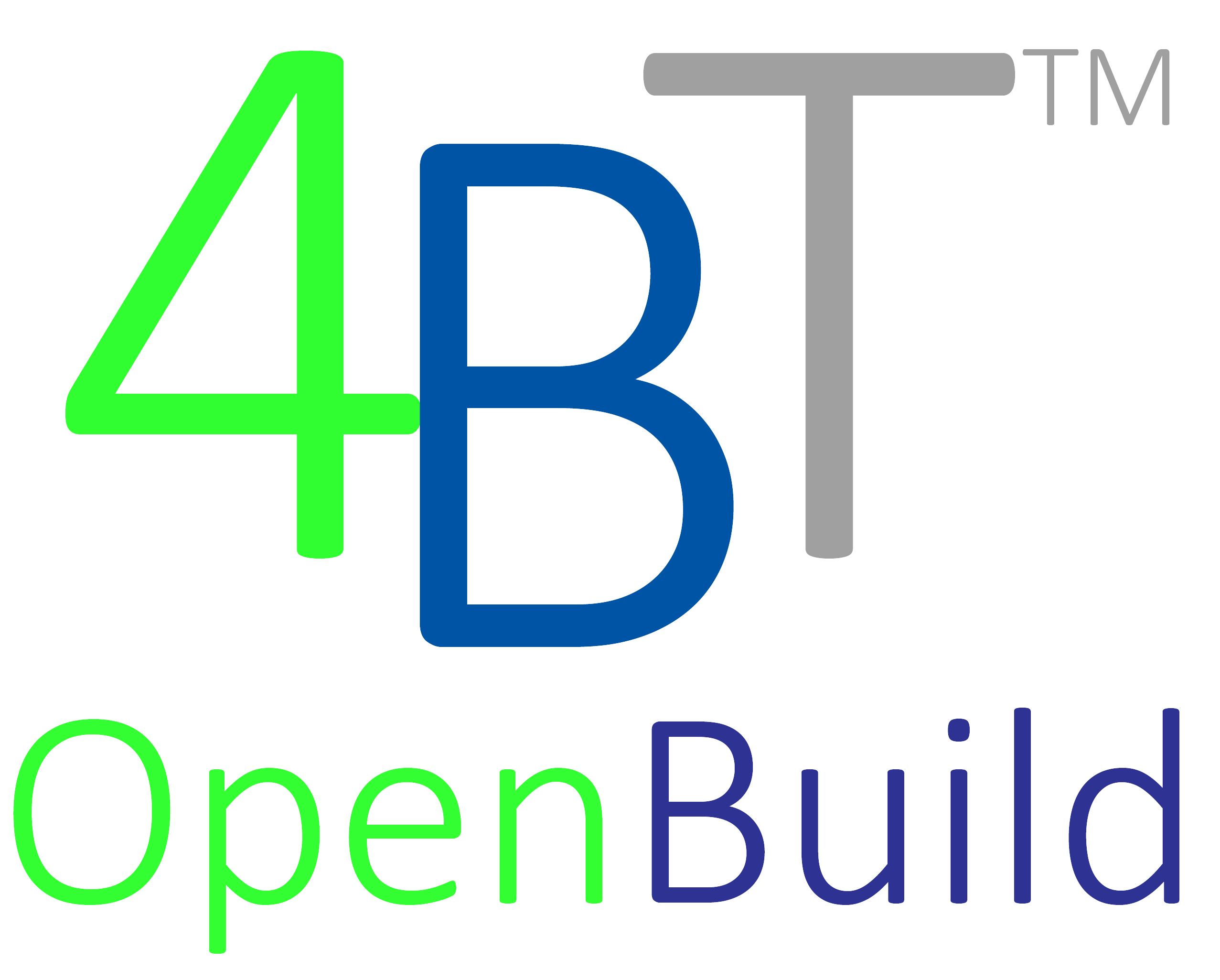The OpenJOC(TM) Solution virtually eliminates the slow, costly, error prone, inefficient practices associated with design-bid-build, lowest bidder, and other traditional construction delivery methods. It embodies all of the fundamental aspects of LEAN construction, including:
- Collaboration
- Long-term Relationships
- Common Terms, Definition, including a locally researched, detailed unit price book for associated construction tasks
- Financial Transparency
- Shared Risk/Reward
- Mutual Trust/Respect
- Defined Workflows
- Initial and Ongoing Training
- Key Performance Metrics
- Continuous Improvement
- Focus Upon Outcomes
Planning, estimating, negotiating, procuring, managing, and closing out projects are all phases that are fully defined within a LEAN construction environment.
The end result is that project delivery times, quality, satisfaction, and efficient use of funds and resources are all measurably improved. Real property owners tasked with the timely, successful completion of multiple maintenance, repair, and construction projects have been proven to greatly benefit from the appropriate deployment of LEAN construction practices, especially Job Order Contracting and Integrated Project Delivery. Both remove the negative incentives and relatively poor results associated with low bid, lowest technically acceptable, design-bid-build, or design-build. Both change orders and legal disputes can be virtually eliminated with a properly designed and managed LEAN construction procurement and delivery framework.






















































































 via Four BT, LLC – LEAN Construction Planning, Procurement, and Project Delivery Solutions, including locally researched detailed unit price line item construction cost data. www.4bt.us
via Four BT, LLC – LEAN Construction Planning, Procurement, and Project Delivery Solutions, including locally researched detailed unit price line item construction cost data. www.4bt.us




















